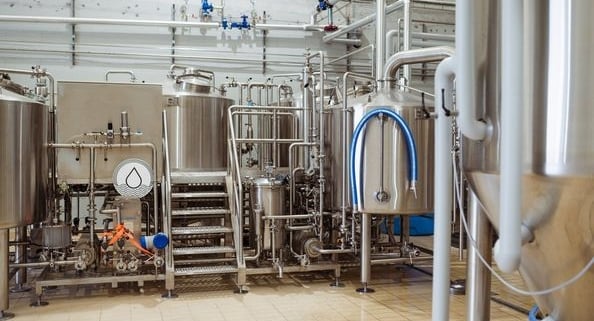How Draft Beer is Made
What Is a Draft Brewery?
Imagine stepping into a place where every sip of beer is fresher than the last, the aromas are crisp, and the taste is as vibrant as the brewer intended. That’s the magic of a draft brewery. But what exactly is it? A draft brewery is a brewing facility that serves beer directly from its kegs or tanks, usually via tap systems, skipping the bottling or canning phase altogether. This method ensures that beer lovers get to enjoy their brews in their freshest, most unadulterated form. Draft beer is often carbonated naturally or force-carbonated and stored in kegs, offering a smoother pour and a more authentic taste experience.
Unlike large-scale commercial breweries, many draft breweries are small-batch, independent, and hyper-focused on quality over quantity. This means more experimentation, bolder flavors, and an intimate connection between brewer and consumer. In essence, visiting a draft brewery is like getting a front-row seat to a beer’s birth and development. It combines science, art, and community into every glass.
Benefits of Choosing Draft Beer
So, why should you choose draft over bottled or canned beer? Well, think of it like the difference between fresh-baked bread and packaged supermarket loaves. Draft beer has a certain vitality to it. It hasn’t been subjected to light degradation, extended storage, or the kind of pasteurization that can dull flavor. That means richer aromas, better head retention, and more consistent mouthfeel.
Besides the enhanced flavor profile, draft beer is more eco-friendly. Fewer bottles and cans mean less waste and lower carbon emissions during transportation. And let’s be honest, there’s something supremely satisfying about watching a bartender pull the perfect pint. It’s practically theater.
Another bonus? Draft selections are often more diverse. Breweries use their tap lines to showcase seasonal, experimental, or limited-run beers you won’t find in stores. So if you want something exclusive and cutting-edge, the tap is where you’ll find it.

The Rise of Craft and Local Breweries
Let’s take a little trip down memory lane. There was a time when beer choices were limited to the same mass-produced lagers with barely any variety. Fast forward a couple of decades, and the landscape has exploded. Thanks to a passionate wave of craft brewers, we now have access to IPAs bursting with hops, rich barrel-aged stouts, tart sours, and more. And where do many of these innovative brews debut? That’s right—draft breweries.
The local movement has had a major hand in this evolution. People want to know where their drinks come from, who made them, and what inspired them. Craft breweries have become cultural hubs, often reflecting the spirit of their communities. From Portland to Prague, these spots are redefining the beer experience. They prioritize local ingredients, sustainable practices, and unique brewing techniques.
In fact, according to the Brewers Association, small and independent brewers collectively produced over 24 million barrels of beer in the U.S. in 2023 alone. That’s not just beer—that’s a movement.
What to Expect at a Draft Brewery
| Experience | What It Means | Details |
|---|---|---|
| Tasting Rooms | Where the magic begins | Most draft breweries have a dedicated space for guests to sample multiple brews. It’s cozy, communal, and filled with character. |
| Fresh Beer | Unmatched flavor and aroma | Beer goes from tank to tap, keeping it fresher, more aromatic, and often unfiltered for a fuller experience. |
| On-site Brewing | Watch beer being made | You can often see the entire brewing process, from mash tun to fermenter, right behind the bar. |
| Knowledgeable Staff | Beer nerds at your service | Expect passionate staff who can talk hops, yeast strains, and food pairings like pros. |
| Limited Editions | Exclusive to the taproom | Many breweries experiment with seasonal or one-off brews that you won’t find anywhere else. |
| Food Pairings | Because beer loves food | From gourmet food trucks to in-house chefs, breweries are upping their culinary game. |
| Community Events | More than just drinking | Trivia nights, live music, and brewing workshops make these spots more than just bars. |
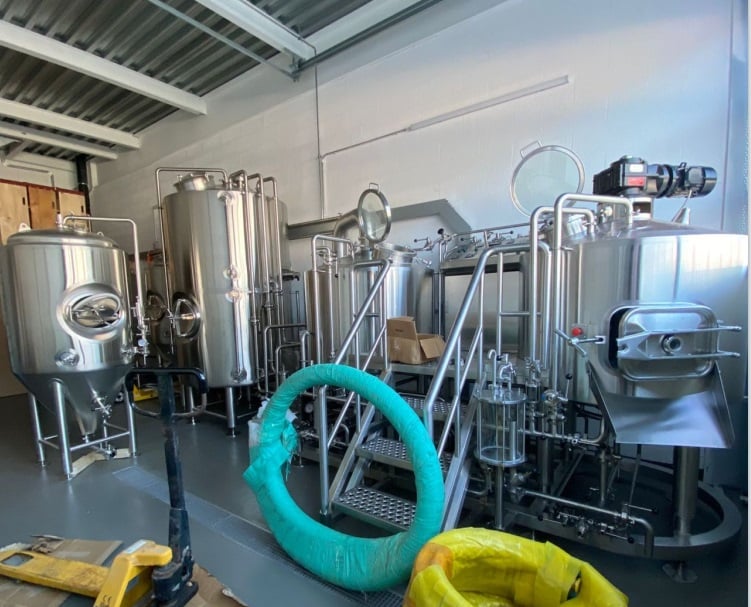
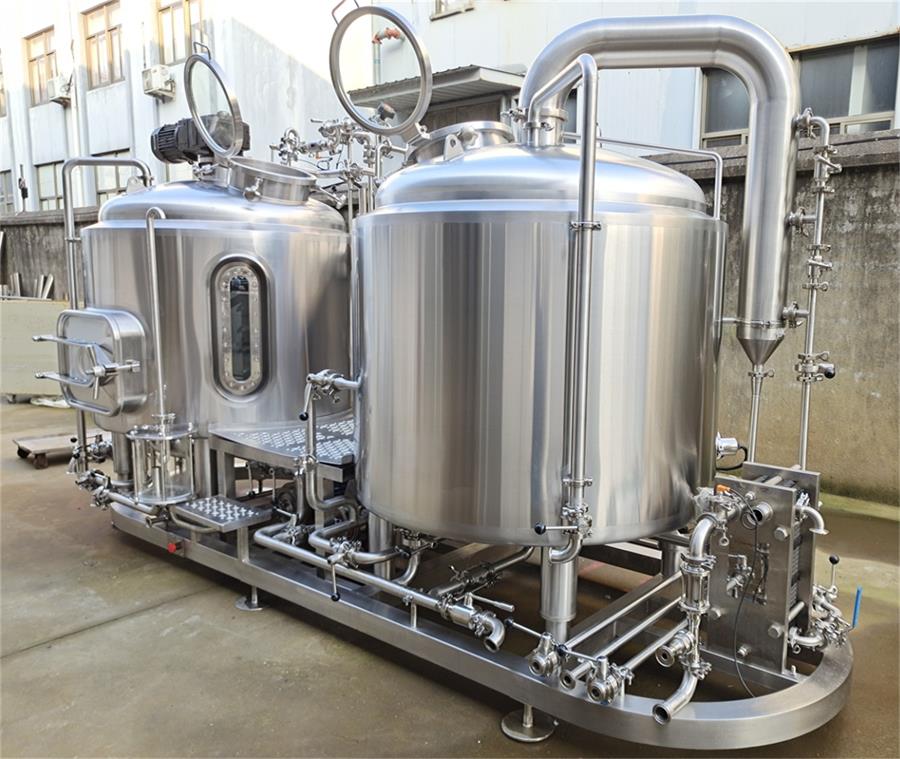


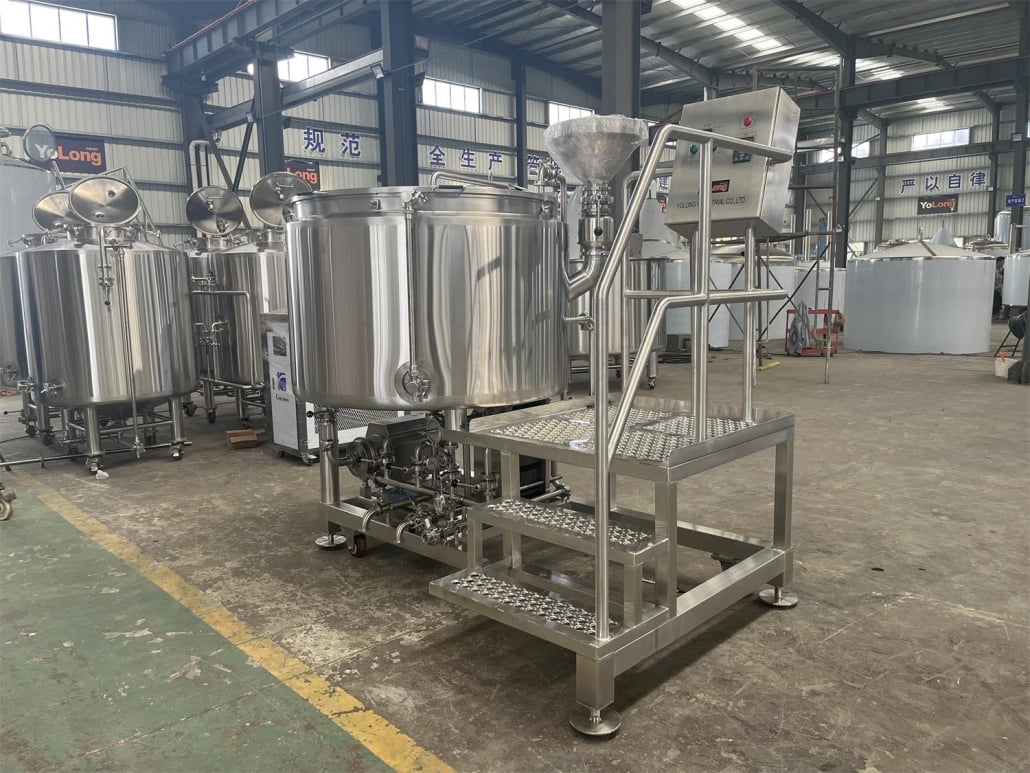
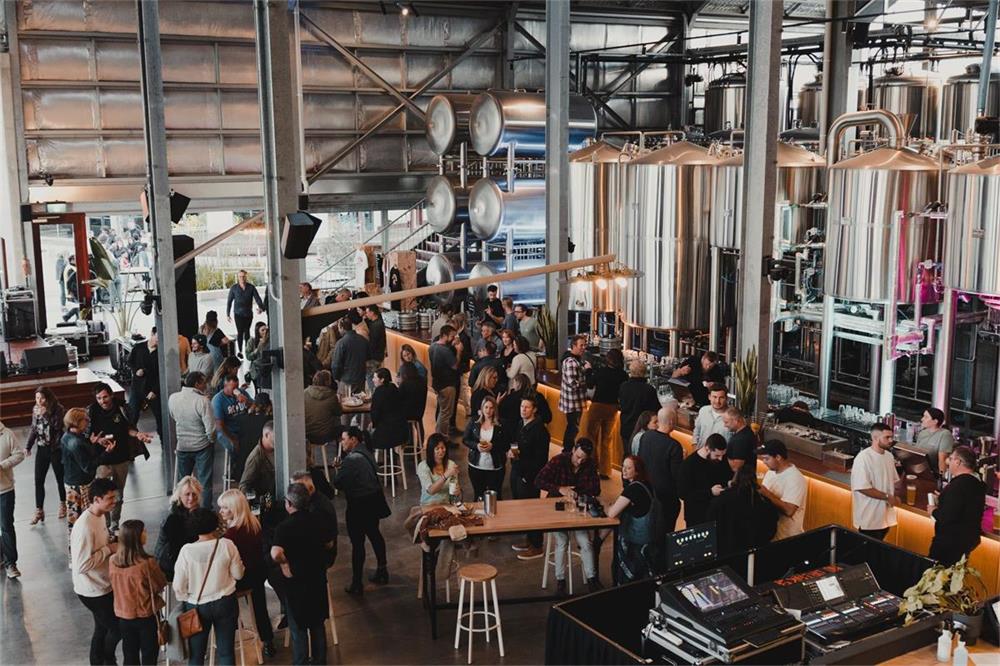
How to Find the Best Draft Breweries Near You
Finding a great draft brewery isn’t just about opening Google Maps and picking the closest one. It’s about discovering an experience. Here’s how to make sure you’re sipping the good stuff.
First, check local beer enthusiast forums and review sites like Untappd or BeerAdvocate. These platforms offer honest feedback and ratings from real people who know their stuff. You’ll often find hidden gems this way.
Don’t underestimate word of mouth. Ask your bartender at your favorite pub or craft beer store clerk for recommendations. They’re often tuned into the beer scene and can point you toward top-tier spots.
Look for breweries with a rotating tap list. This usually signals a commitment to innovation and freshness. Bonus points if the brewery offers tasting flights—that way, you can sample a variety before committing.
Finally, trust your senses. A good draft brewery smells like malt and hops, not bleach. It feels welcoming, not sterile. And the staff? They’re as excited to talk about beer as you are to drink it.
Comparing Brewing Systems in Draft Breweries
| System Type | Capacity Range | Ideal For | Pros | Cons | Price Range |
|---|---|---|---|---|---|
| Nano Brewery System | 1-3 BBL (barrels) | Startups, pilot batches | Affordable, low risk, good for experimentation | Limited scalability, small output | $10,000 – $50,000 |
| Microbrewery System | 5-15 BBL | Small-scale craft operations | Balanced cost/output, local demand-friendly | Space-heavy, moderate investment | $50,000 – $200,000 |
| Brewpub System | 7-15 BBL with kitchen integration | Breweries with food service | Dual revenue, full experience | Higher initial setup cost | $100,000 – $300,000 |
| Production Brewery System | 20+ BBL | Large-scale distribution | High volume, potential for profit | Requires permits, logistics, staff | $500,000+ |
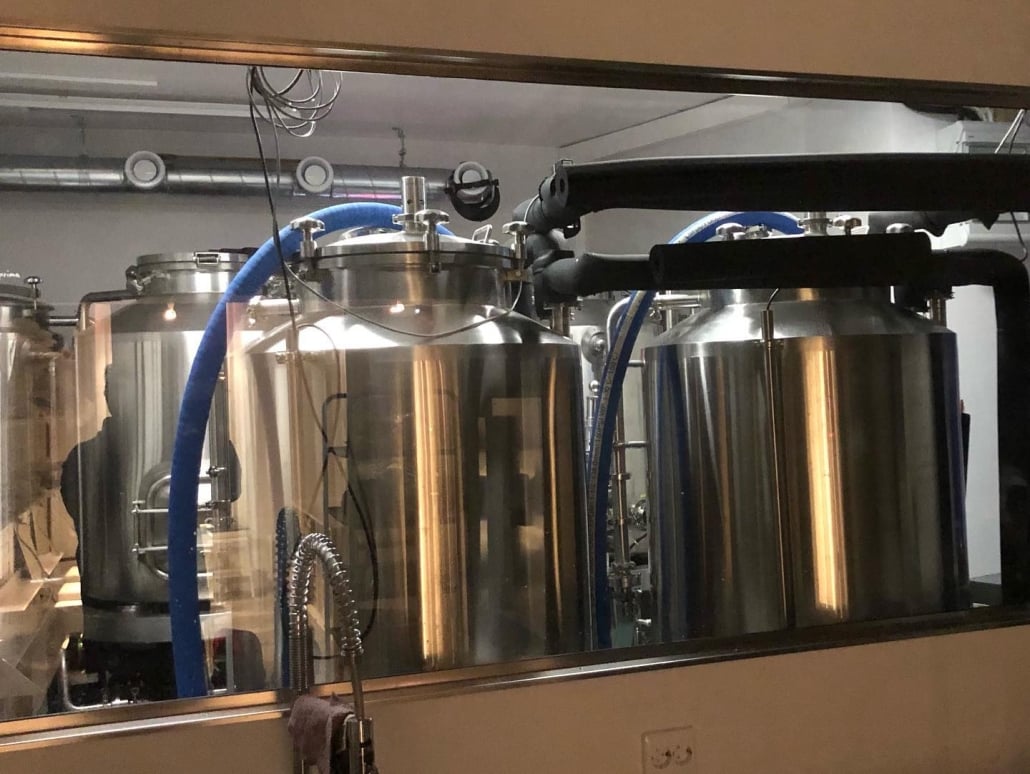
FAQ
| Question | Answer |
|---|---|
| What is the difference between draft beer and bottled beer? | Draft beer is served from a keg and typically fresher, while bottled beer is packaged for longer shelf life. |
| Is draft beer stronger than bottled beer? | Not necessarily—alcohol content depends on the recipe, not the serving method. |
| How long does draft beer stay fresh? | Generally, 30-45 days if stored and handled correctly. |
| Can I buy draft beer to-go? | Yes, many breweries offer growlers or crowlers filled straight from the tap. |
| What does “on tap” mean? | It means the beer is being served directly from a keg, usually via a tap system. |
| Are draft breweries kid or pet friendly? | Many are! Always check the brewery’s website or call ahead. |
| Why does draft beer sometimes taste better? | It’s often fresher, less processed, and served at the ideal temperature. |
| Do draft breweries offer gluten-free options? | Increasingly so, including gluten-reduced beers and alternatives like hard seltzer or cider. |

